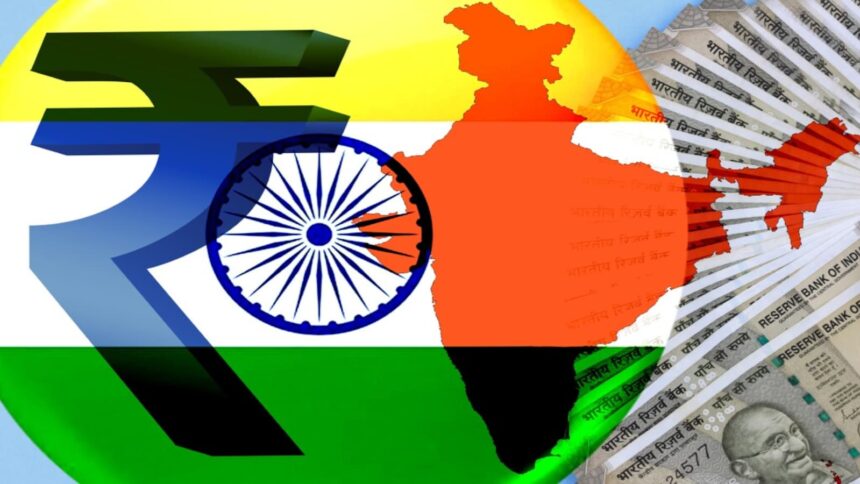Introduction

India kicked off the new fiscal year with impressive economic momentum, driven by record-breaking GST collections and a surge in UPI digital transactions. As global giants like the US and China grapple with economic setbacks, India’s robust domestic indicators reflect resilience and growth potential, positioning the country to remain the world’s fastest-growing major economy.
Record GST Collections Reflect Economic Strength
The Goods and Services Tax (GST) collections touched an all-time high of ₹2.37 lakh crore in April 2025, significantly higher than ₹1.96 lakh crore collected in March and surpassing the previous April record of ₹2.1 lakh crore. This marks a 12.6% annualized growth, the fastest in 17 months.
Tax experts attribute this growth to robust economic activity, year-end tax reconciliations by businesses, and a possible surge in exports ahead of anticipated tariffs by the US.
“The record GST collections underscore the Indian economy’s underlying strength in the face of global economic uncertainties,” said Saurabh Agarwal, Tax Partner, EY India.
Digital Payments Boom: UPI Nears 600 Million Daily Transactions
The Unified Payments Interface (UPI) continued its upward momentum with daily volumes reaching 596 million, compared to 590 million in March. The total value of these transactions hovered around ₹80,000 crore, highlighting sustained digital adoption.
In annual terms, April recorded a 34.5% growth in transaction pace and a 50.7% jump in volume, showing increasing reliance on digital payments even in Tier 2 and Tier 3 cities.
FASTag and Auto Sales Add to Optimistic Outlook
FASTag transactions, used for toll and parking, also saw increased usage with 12.75 million daily transactions in April, up from 12.2 million the month prior. The monthly growth stood at 17%.
Auto sales reflected consumer confidence:
- TVS Motor: Two-wheeler sales up 15% overall, domestic volumes up 7%
- Maruti Suzuki: Domestic sales up 1%, exports up 26%
- Mahindra & Mahindra: SUV sales up 28%, tractors up 8%, exports up 25%
Global Slowdown Highlights India’s Outperformance
While India’s indicators remain strong, global economies show signs of stress:
- US GDP: Contracted 0.3% in Q1 2025—its first decline in nearly three years
- China PMI: Factory activity declined at the fastest rate in 16 months
Export surges to avoid incoming tariffs may have influenced these shifts, but India’s data reflects broad-based domestic resilience.
Coal, PMI, and Global Forecasts
Coal production grew a modest 3.6% in April, but activity across services and manufacturing surged. HSBC’s flash PMI data showed India’s private sector activity rising to 60—an 8-month high—indicating broad-based demand.
However, both the IMF and World Bank trimmed their FY26 forecasts:
- IMF: Revised growth estimate to 6.2% (from 6.5%)
- World Bank: Forecasted growth at 6.3%
Despite the revisions, both institutions cited India’s domestic resilience and RBI’s easing policies as buffers against global headwinds.
Conclusion
India’s economic engine is clearly off to a strong start in FY2025, with GST collections and digital payments reaching new highs. While global uncertainties loom, the strength of domestic demand, digital infrastructure, and consistent policy support signal a stable growth path. As external challenges mount for other major economies, India continues to demonstrate why it remains the world’s growth standout.
Explore more: India’s Economic Outlook for FY25









